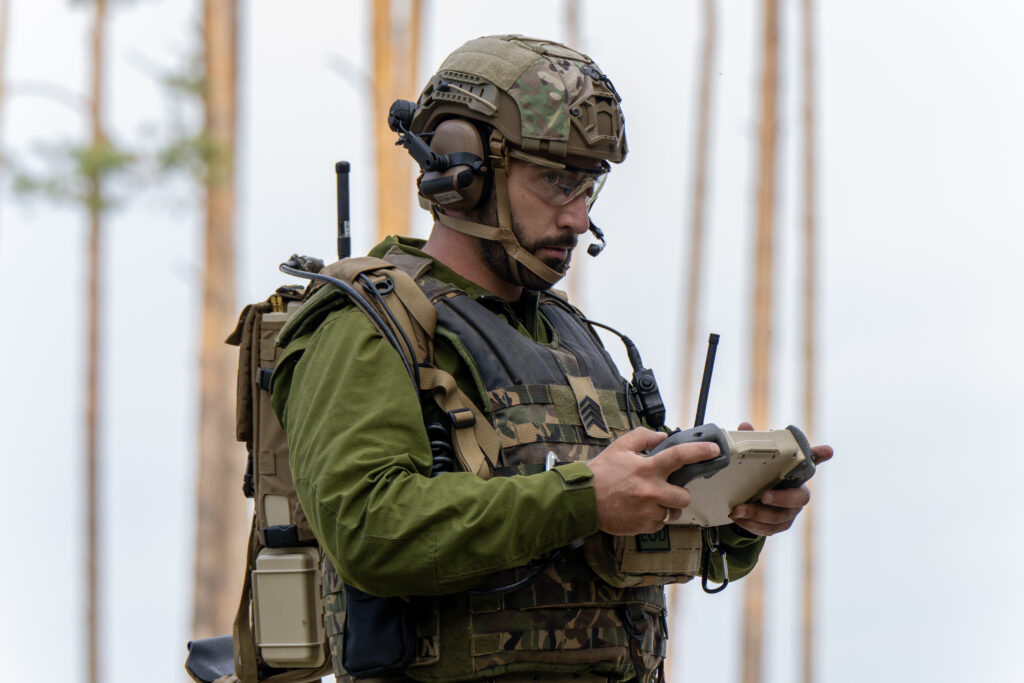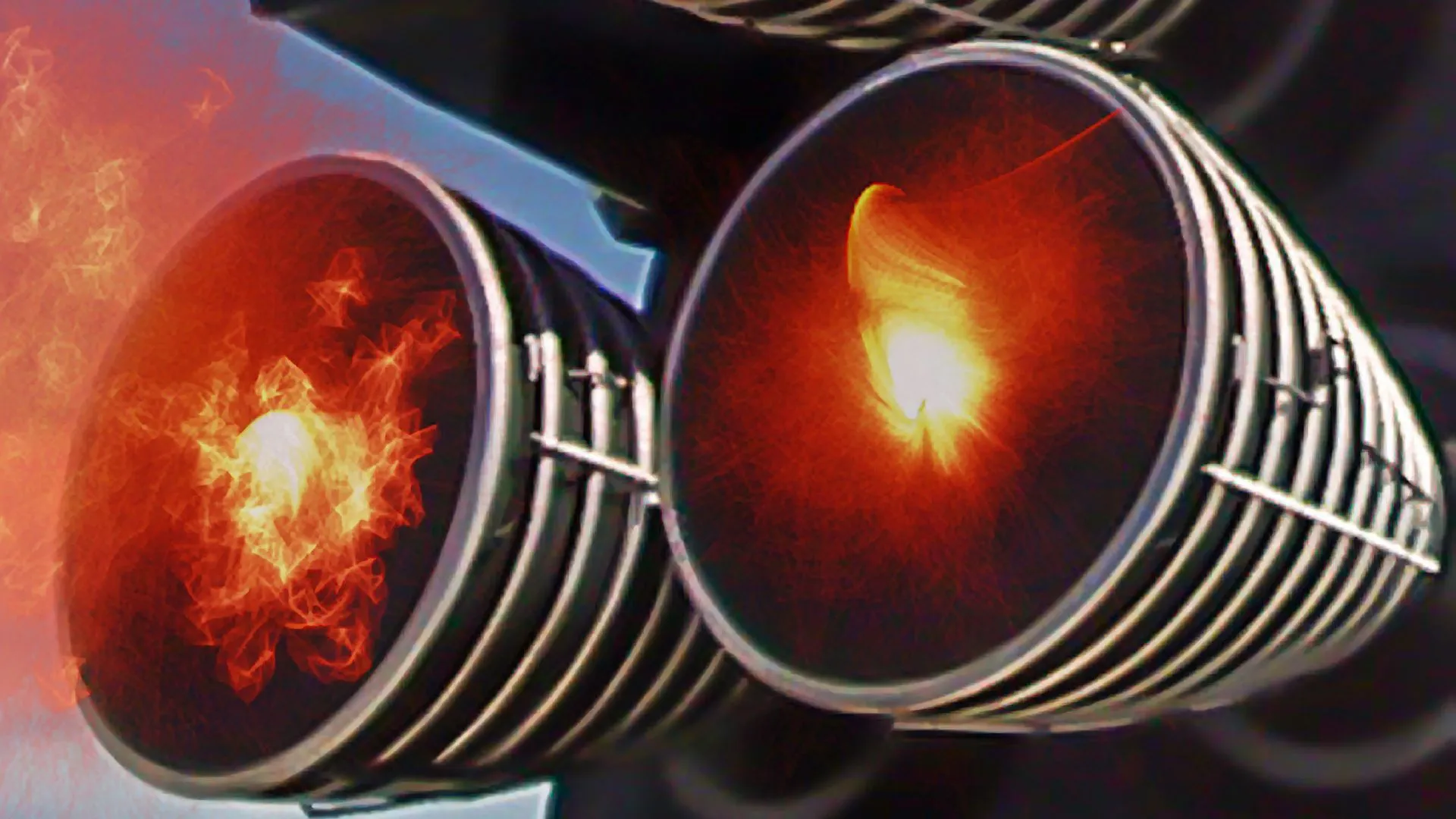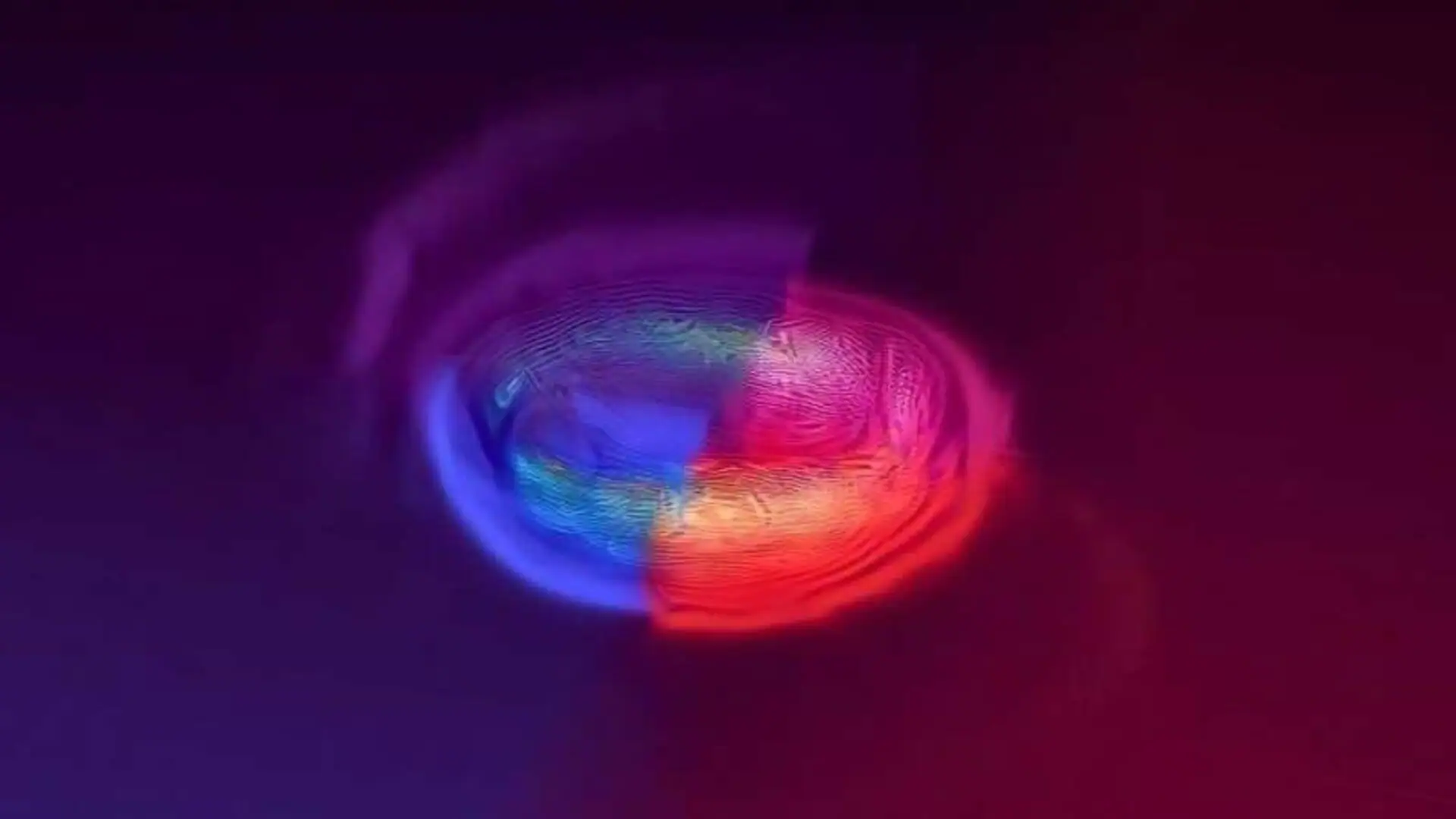
Warfighters need complete confidence and trust in autonomous systems before fully adopting them, as they will increasingly rely on these systems to take over critical tasks and responsibilities. That means the design and usability of systems, such as those that control ground robots and autonomous vessels, must avoid becoming more complex over time and instead move toward simplifying decision-making for warfighter engagements.
Breaking Defense asked Tim Heiser, director of defense programs at Teague — a U.S.-based firm with nearly a century of human-centered design expertise — to discuss how this issue is being addressed today.
Breaking Defense: What are the warfighter challenges associated with introducing autonomous capabilities/technologies in complex environments?
Heiser: New solutions are being offered and fielded every day; the pace can be overwhelming. Warfighters are trained for precise tasks, where the cause and effect of their actions is clear. Handing off responsibility to a system, especially one they don’t fully understand, is no small step. Industry also has to remember to not take it lightly. Warfighters serve out of pride in their work, and they need full confidence in every action they take — whether involving another person or a machine.
That personal need for confidence is colliding with a technical reality: The amount of data coming in now is more than any human can process at the speed decisions have to be made. That forces us to really think about how information is segmented and about the risk of cognitive overload. On top of that, a lot of the systems in use today were built decades ago. Yes, they’ve been modernized over the years, but at some point adding more doesn’t make them better, it just makes them harder to use. That’s the point where you have to step back and ask: how can a human-machine engagement and autonomy for tasks that have a reasonable expectation of trust, be taken off the plate of those folks so they can make decisions in complex and high-stress environments?
We have to keep the usability of that tech in mind and create an environment of trust first and foremost for that to be fully adopted and deployed. That’s got to be the North Star before industry.
What specific areas of technology does this apply to?
Everything from seabed to space: air vehicles, kinetic and non-kinetic responses, and ground control stations for command and control of sea, air, and space systems, to name a few.
For example, I see a lot of emphasis lately in the marine world. The statistics on our shipbuilding capacity versus adversaries are pretty stark. In response, we are starting to see more seed funding go to autonomous tech that’s going to help rebuild our industrial base, and maritime defense is certainly getting some much-needed attention.
This is a growing opportunity, but the focus is still the same: How do you field capability that’s going to allow people to do more in a manner in which they’re not going to control everything tomorrow that they control today? Again, it doesn’t matter if it’s a satellite or an undersea vessel, the question is: Do we fully understand what that mission is intended to do, and does the system present itself in such a way that it makes sense to the person who needs to execute that mission?
One of the ways to make this possible is through design. What does design mean to Teague in this context?
I’ll talk about it in the context of intuitiveness and usability. When I think about good design, it is first rooted in user research, very solid research. Do you understand the problem you’re trying to solve, the environment you’re trying to deploy a certain solution in? And do you understand how people are going to use that product, whether it’s digital or physical?
That involves not only understanding what people tell you that they do, but it’s the observations of how they do the work. When starting at the user-research level and observing how warfighters do their tasks, the nonverbals tell you as much as the verbals. You look at the sticky notes, you look at the shortcuts that they’ve developed for themselves over the years because they’ve trained themselves to do things in the most effective manner. The manuals and three-inch binders that they use certainly don’t always keep up with that.
Then you take that written and observed knowledge and put it into a plan that turns discovery into a definition, turning that into a developed opportunity, and then delivering on that opportunity. In the design industry, we call it the Double Diamond process, which forms the foundation of what we do and how we do it from a design perspective.
Ultimately, it always comes back to the mission, and asking: What is it, how will it be fulfilled, and does the product make sense from a usability standpoint? If you start with that, then the ‘design’ starts to follow the function that you’re trying to deploy.
The real issue is that things are becoming much more complex and being able to visualize that design before significant investments are made is money well spent, not only in the near term, but for what we have to have as an output.
Give us a couple use cases about how design has made a difference in development and acceptance of an autonomous capability.
I’ll start by giving you a digital example — something that transcends the seabed-to-space-type application around ground control stations and command and control (C2). A lot of these systems have been around for a long time. Certainly, there are new ones being born every year, but a lot of systems are tried and true. They’re certified, they’ve gone through all their qualifications, and that’s an investment that does take time and no one wants to repeat.
Yet the engagement of those systems is looking to be modernized. For example, we’re asking people to use an iPhone on weekends and then on Monday come into work and manage a command and control system that at times is still based on a green screen design. That’s not effective. Systems that used to track 1, 5, 10 assets now need to track 100, 500, 1,000 assets. The solution can’t be to continue to bolt on more and more capability. What we’ve seen is the decision string, the amount of checks and balances and clicks of a mouse, let’s say, to determine engagement or not, is starting to lengthen.
And all of that complexity shows up in front of the warfighter. They want to feel confident in the information they’re looking at. What we’ve found is that design can help by triaging that information: what’s critical to understand right now versus what can be moved to on-the-loop or out-of-the-loop and used later for mission planning two, three, four days down the road.
In interviews, warfighters have told us: “I had so much information in front of me, I couldn’t make a decision.” In some cases, they unconsciously chose not to engage because they couldn’t get through the decision wheel fast enough. In a recent UI project, we simplified incoming information using color, iconography, and menu design to create a cleaner system. The result was a simpler interface that allowed faster, clearer decisions.
There has also been tremendous effort invested in developing autonomous navigation and operational systems for ground vehicles. From an engineering standpoint, these technologies are essential to ensure vehicles perform their required functions and make mission-critical decisions. But how humans engage with those systems — through the interface — is where good design can elevate the technology, transforming it from simply functional to truly effective.
The ability to mission plan, alter decisions mid-mission, and coordinate with other assets in the field is a complex process that requires information to be presented in a clear and meaningful way. These decisions will often fall to young warfighters in high-stress situations, who need confidence that the information they see is accurate and that the choices they make won’t be second-guessed later. Our job in design is to ensure that information is delivered clearly, concisely, and in a way that supports the mission. In autonomous vehicle command, control, and navigation, we’ve seen significant opportunities for design to elevate technical systems into tools that enable their users.
You mentioned the importance of speed-to-trust for autonomous technology. Tell us more.
This shows up in two ways. First, within industry — the men and women on the factory floor who will use this technology to build production systems that increase output. As demand grows to meet the needs of our warfighters, autonomy will become integral to our factories and supply chains. Those who think carefully about how technology integrates with the workforce will be far better positioned to meet these rising demands.
The second area is within the DoD. When industry introduces new technology or products that can be fielded in months rather than years, it’s possible because we’ve already addressed usability, scalability, maintainability, and trainability across the product lifecycle. We’re no longer thinking in decades — we’re thinking in operational timelines.
Great technology is here now and proliferating faster than ever, which is a good thing. It’s an exciting moment to be in the middle of so much demand and integration of new capabilities. But ultimately, it’s the way these systems are designed — with the user in mind — that drives adoption, impact, and mission success.



